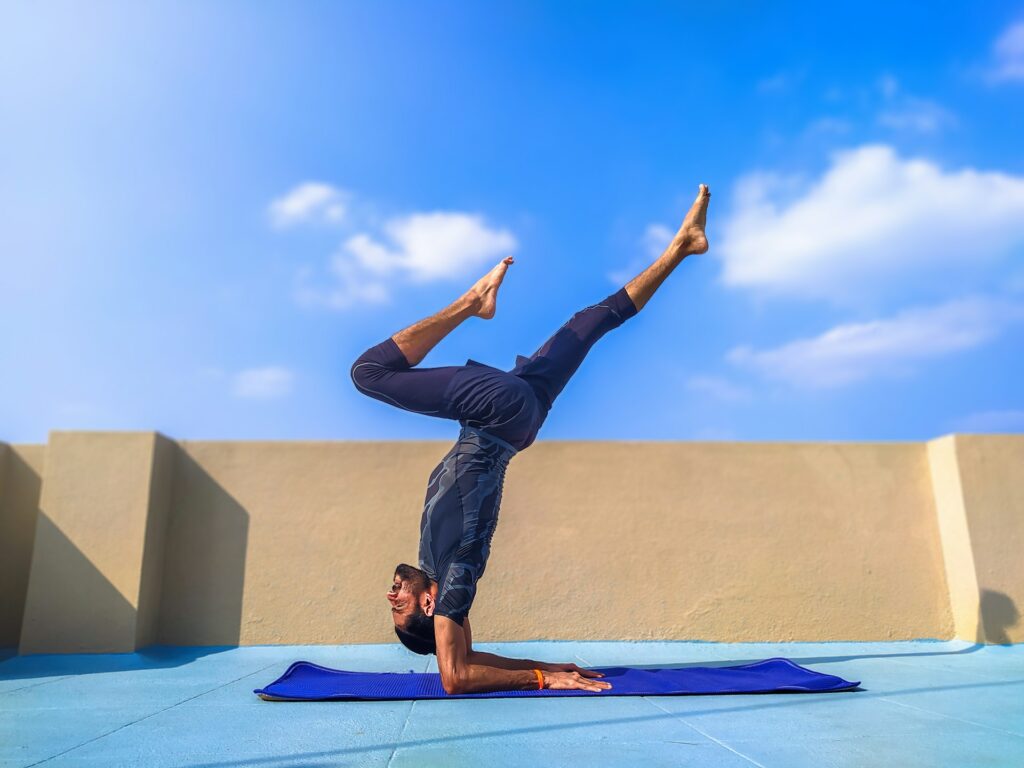When you discover something unknown, the mind tends to respond in two ways: enthusiasm or indifference, more rarely with anger or even hatred. Eighteen months ago, after subscribing to a sports centre for a year, I discovered yoga. I thought it was an activity for women, more generally for meditative people with little inclination to look at life rationally.
A gross mistake, just as mistaken, was some misconception about an activity practised in India for over two thousand years. Mind you, I have repeatedly seen films and online videos of Americans and Europeans going to India and being enraptured by the guru who changes their lives. It is almost natural, if one has no knowledge base about yoga, to superficially brand such scenes as mystical and unrealistic, perceiving yoga as something distant and useless.
An enjoyable endeavour
Those who have no idea what it is are ignorant of the fact that doing yoga (in the different existing types) is tiring and, in some ways, even dangerous. Especially if one does not perform the movements and postures correctly, because one can run into annoying injuries. What I have discovered over time, session after session, is that yoga helps to balance the mind and improve the body.
You need a positive attitude but also deep concentration because when you have to do the Warrior pose or the Chair pose, you have to focus in your mind on the movements and dig into your body to find the energy. That’s why I sweat, and I’m happy to do contortions, rotations and bends: the effort serves to stretch the body and tone the muscles. It’s a beautiful effort.
There is undoubtedly also the fashion of emulating the Orientals that have favoured the spread of yoga on a global scale. The part that interests me, however, is the function this activity plays in soothing the mind and body. Many studies have shown that yoga stimulates grey matter because it increases the levels of gamma-aminobutyric acid in the brain.
This benefits the mood, leading to a reduction in anxiety. ‘With meditation and deepening of the breath, you switch from sympathetic to parasympathetic nerve activity. And you activate the relaxation response,’ Claudia Metzler-Baddeley, a cognitive neuroscientist at the Brain Research Imaging Centre (Cubric) at Cardiff University in the UK, said to the BBC.


Erasing negativity
I don’t think I have ever been a person who suffers from anxiety, but I can say with certainty that when I practice yoga, my mind clears negative thoughts and feelings of doubt and scepticism about the future. For me, it is a panacea. Considering that researchers have shown that those who practise yoga, meditation and similar activities reduce the risk of ailments related to inflammation of the cells, I have not yet found any valid reasons to stop doing yoga. On the contrary, I can no longer do without it.
Besides strength, breathing capacity and flexibility, the benefits of the practice also affect those suffering from post-traumatic stress disorder, depression and type 2 diabetes. For this reason, and because of the positive action also on those suffering from mental health problems, there is a network of specialists aiming to make yoga part of integrated activities in the national health system, particularly in the UK. A long and complex path, but one that should not be underestimated or labelled as an exaggeration because yoga is something that makes us feel better. To all. And there is a reason why it is practised and has been handed down for over two millennia.



